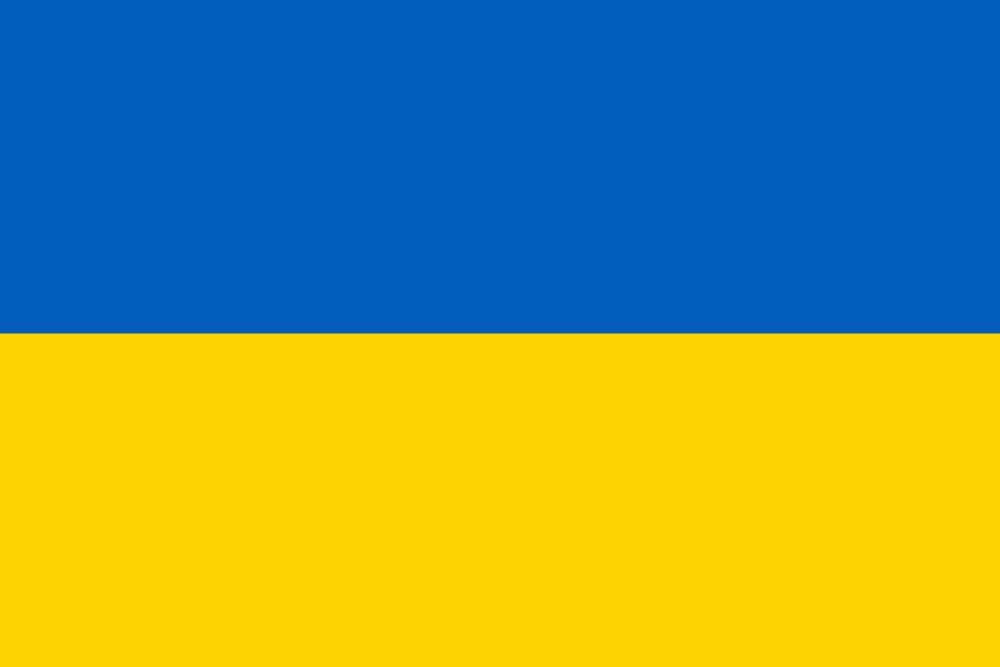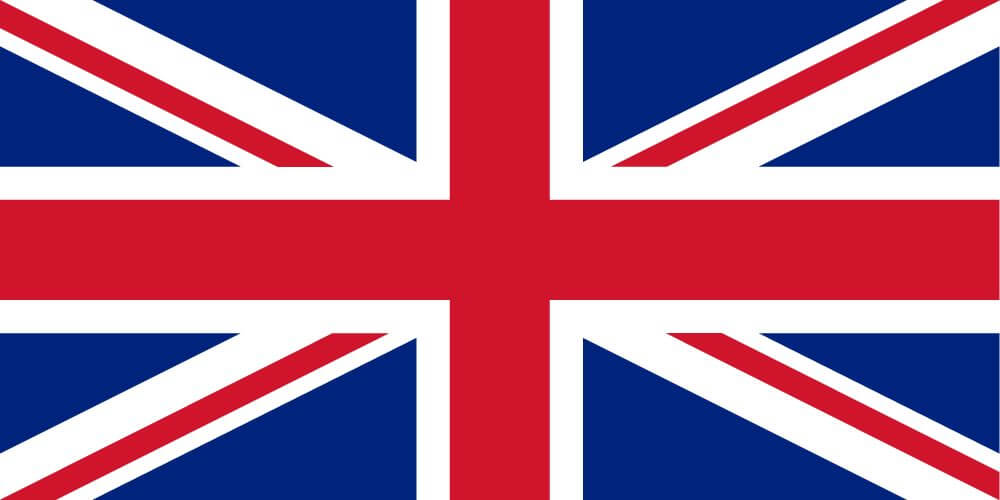Conflict Developments
On the morning of 10 October, arguably the largest shelling of objects of energy, critical, civilian and residential infrastructure in Ukrainian cities took place. From the territory of the Russian Federation (hereinafter: Russia) and the Republic of Belarus (hereinafter: Belarus) over 80 missiles and at least 24 kamikaze drones were launched. About half were shot down by Ukraine’s air defense system. Three cruise missiles, launched from the Black Sea, flew over the territory of Moldova.
Russia declared that the goal of its missile strikes was to punish Ukraine’s secret services for the Kerch Bridge explosions. However, the Ukrainian government has not assumed responsibility for the explosions. Nor has any evidence been provided proving the involvement of Ukraine’s secret services in the incident. Moreover, such an act of terrorism smacks of the style of the Russian secret services. This is exactly the approach that they used while legitimizing Russia’s second onslaught on Chechnya in 1999. According to some versions, Russia’s Minister of Defense, Sergei Shoigu could have his own interests in the explosion. Despite the fact that most of the objects of infrastructure affected can be restored relatively quickly, the Ukrainian energy system will nevertheless need to function in emergency mode for some time. The export of Ukrainian energy to the EU will also be suspended.
Before the explosion on the Kerch bridge Russia had been intensely shelling Ukrainian cities, including Zaporizhzhia, Kryvyi Rih, Hulyaipole, Mykolayiv and Khmelnytskyi. For example, on 6 October missile strikes hit residential houses in Zaporizhzhia, claiming the lives of at least 19 people. On 8 October Russia launched 20 missile strikes on Zaporizhzhia, killing at least 13 civilians and wounding 60, including 6 children. Residential houses in the region have now been subjected to shelling for several weeks. It is possible that Moscow’s goal is to prepare the ground for a counteroffensive in the oblast which Russia has annexed through fake “referendums”. On 5 October the largest city in the Kyiv oblast, Bila Tserkva, was subjected to intensive shelling by kamikaze drones. Other cities (Odesa, Kharkiv, Marhanets, Orikhiv, Nikopol and other settlements in the Sumy and Chernihiv oblasts located on the Russian border) have also been hit by missile attacks. While Russians are extensively using kamikaze drones, many are being shot down by the Ukrainian air defense system.
Russian troops continue to advance in the Bakhmut direction of the Donetsk oblast, shelling the city of Bakhmut and other settlements located along the frontline. The Russian army is also attempting to advance in the Kharkiv oblast. However, their efforts have so far been fruitless.
The Armed Forces of Ukraine continue to carry-out their counteroffensive in the Kherson, Mykolayiv, Kharkiv and Luhansk oblasts. In Southern Ukraine alone over 2400 square kilometers of territory has been liberated. Unfortunately, new evidence of war crimes is emerging following the liberation of Ukrainian territories. For example, near the city of Lyman a mass grave and tens of individual graves have been detected. Bodies are being exhumed and reburied. Ukraine’s national police has already opened 35000 cases regarding the crimes committed by the Russian military and their accomplices (who are citizens of Ukraine). It has been established that Russians and collaborators are relocating their families to Crimea due to fears over the continuation of Ukraine’s counteroffensive. Residents of Crimea are also leaving for Russia or other countries.
On the night of 8 October an explosion in Ilovaysk damaged a large railway station through which weapons and military vehicles have been transported since 2014. Fuel tanks exploded and started a fire.
Ukraine’s Minister of Defense, Oleksii Reznikov, broadcast a video appeal targeting the Russian military, calling on them not to not carry out the orders of their commanders to avoid being held accountable for their crimes after the war.
Humanitarian Dimensions
The humanitarian situation in both the temporarily occupied territories and the territories close to the front line remains dire. There is an acute shortage of water, gas, energy, and medicines. Russians continue to pillage and loot buildings and steal cars in the Kherson and Zaporizhzhia oblasts. It has emerged that after the liberation of the Kharkiv oblast that at least 150 children were forcibly relocated to Russian camps from the previously occupied settlements. Their return to Ukraine remains in question.
As of the morning of 3 October at least 1219 children were affected by the full-scale war waged on Ukraine by Russia. 421 children were killed with 798 wounded.
Environmental Dimensions
On 9 October the Zaporizhzhia Nuclear Power Plant was completely cut off from electricity. It operated for approximately 24 hours on Diesel-generators while Ukrainian electricians tried to repair the grid and ensure power supply needed for the plant. They were unable to do so in the face of shelling and damage to all lines.
While retreating from the village of Raihorodok in the Donetsk oblast, Russian troops blew up its dam, which led to part of the village being flooded.
Information Dimensions
The official narrative in Russia is focused on topics such as internal cohesion, mobilization of citizens and accusations of aggression and terrorism levelled at Ukraine. On 10 October Putin accused Ukraine of organizing terrorist attacks and attacks on Russian nuclear power plants by unknown groups, and of planning a terrorist attack on the TurkStream natural gas pipeline. These accusations were made against the backdrop of Russia’s large-scale, 6-hour long missile strike on Ukraine. “From now on we mean business” is the message shared by Russian media.
Ukraine has been accused of carrying out a terrorist attack on the Kerch bridge on 8 October, although Ukraine has not assumed responsibility for it. On 9 October, the head of the Russian Investigative Committee, Alexandr Bastrykin, openly said at a meeting that “Ukraine is to blame”.
Official Russian sources are widely covering the “shelling of Ukrainian infrastructure”. This development has also received positive write-up in Russian official and semi-official segments of social networks. Numerous messages are being disseminated declaring the usefulness of such developments for Russia (from a weaker Ukrainian defense to “revenge for Donbas and the Kerch bridge”, etc.) and that there is a need to demonstrate Russia’s strength. Narratives about the fairness of “retaliation” are being spread. Russian networks are full of messages that boil down to the following question – “Today what unites all Russian patriots and supporters of the special military operation (in short, the entire population of Russia)? A feeling of justice brought about by today’s events”. Russians also claim that Ukraine’s civilian infrastructure has been damaged by the Ukrainian air defense system itself. According to Russian experts, the shelling of Ukrainian critical and civilian infrastructure will reduce Ukraine’s fighting capacity, while strikes on the country’s critical infrastructure will expedite the special military operation (an opinion expressed by senator Boris Bondarev). Chechnya’s leader, Ramazan Kadyrov, has said that he fully supports Russia’s strategy of shelling. Russian propagandists have backed shelling and decisions taken by the new commander of the operation, Sergey Surovikin. It has also been said that Ukraine would be “shocked and awed” should such strikes be constantly and accurately conducted.
Dmitry Medvedev, Deputy Chairman of the Security Council of Russia, has been calling for “a fully- fledged dismantling of the political regime of Ukraine, which he claims poses a threat to the Russian Federation”.
The possibility of negotiations between Ukraine and Russia facilitated by Turkey are not planned. According to Kremlin Spokesman, Dimitry Peskov, new proposals have not been received from Ankara. However, on 4 October, the chair of the Federation Council, Matviyenko, called for negotiations during the G20 summit, which is due to take place in Indonesia on 15-16 November.
Anti-European narratives have also been circulated in response to sanctions, particularly those that deal with the cryptocurrency market. A large number of anti-European narratives target the cynicism of the European Commission. Russian officials from Crimea have referred to the reaction to the 10 October shelling expressed by the EU countries as “a stirring cesspool”.
On 10 October Belarusian President said that Belarus and Russia were beginning to deploy a joint regional military unit. Also, messages claiming that Belarus’ sovereignty is under threat from Ukraine and Poland have been spread. Minsk claims that the Polish government has requested nuclear weapons to be delivered to Poland by the USA and that fighters are being trained in Lithuania to fight against Belarus. Belarus Defence Minister Viktor Khrenin has claimed that the Ministry can mobliize almost 500.000 conscripts.
On 8 October, Russian social networks and official media reacted positively to the appointment of General, Sergey Surovikin, as the new commander of Russia’s special military operation. “War should either be waged for real, or not waged at all. There can be no middle ground” – this message has been popular on Russian Telegram channels. On the whole, Surovikin’s battle experience has been positively assessed by the Russian media which urges him to wage “war until victory” and to show his “strong hand”. Kadyrov and Yevgeny Prigozhyn, Head of head the Wagner mercenary group, both supported Surovikin’s appointment.
Narratives discrediting the Ukrainian army are being spread. Ukrainian troops are being accused of shelling the liberated cities and killing wounded Ukrainian soldiers.
Ukraine is accused of constantly shelling Russian settlements located on the Ukrainian border (Belgorod and Kursk).
In the Russian information space Putin seems to be shifting responsibility for the setbacks in the mobilization campaign on governors and local authorities, asking them to handle all issues. At the same time, the Russian media claims that a part of mobilized soldiers have already been sent to the front line and that they have been joined by volunteers. Social aid provided by local authorities to the families of soldiers (payments and a flexible loan system) is being particularly emphasized in the media. According to independent Russian media, as of today 700.000 Russian citizens have left the country. The Kremlin dismisses these messages. The authorities of Russia’s national republics have said, for example, that the Republic of Adygea will complete all steps related to mobilization. Relevant conscription centers are being set up in the Altai Republic as well as in other Russian regions.
This Ukraine Situation Report is prepared in the framework of the project “Building Resilience in Conflict Through Dialogue” funded by the European Union


